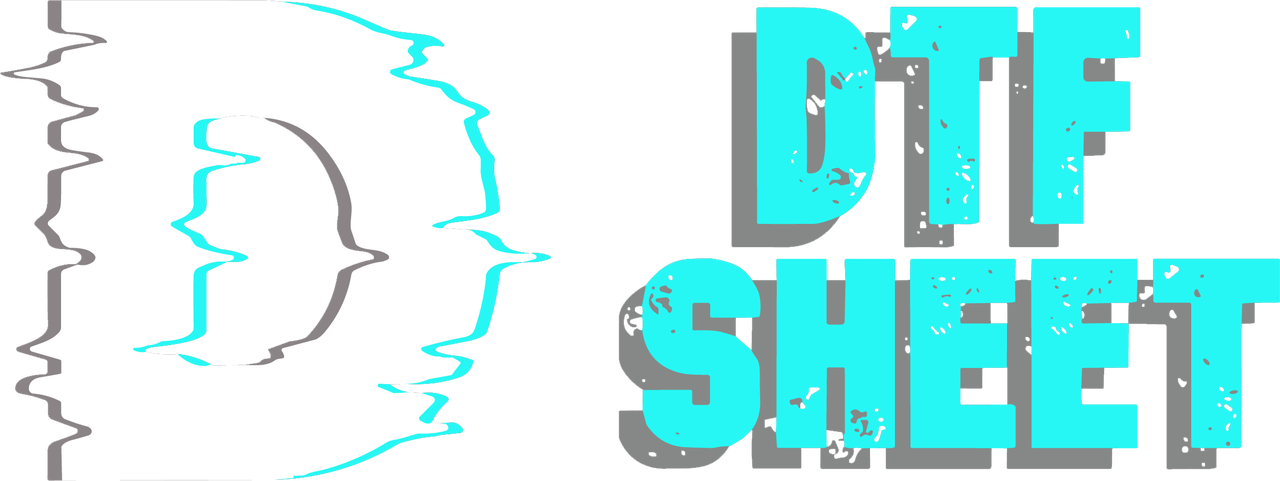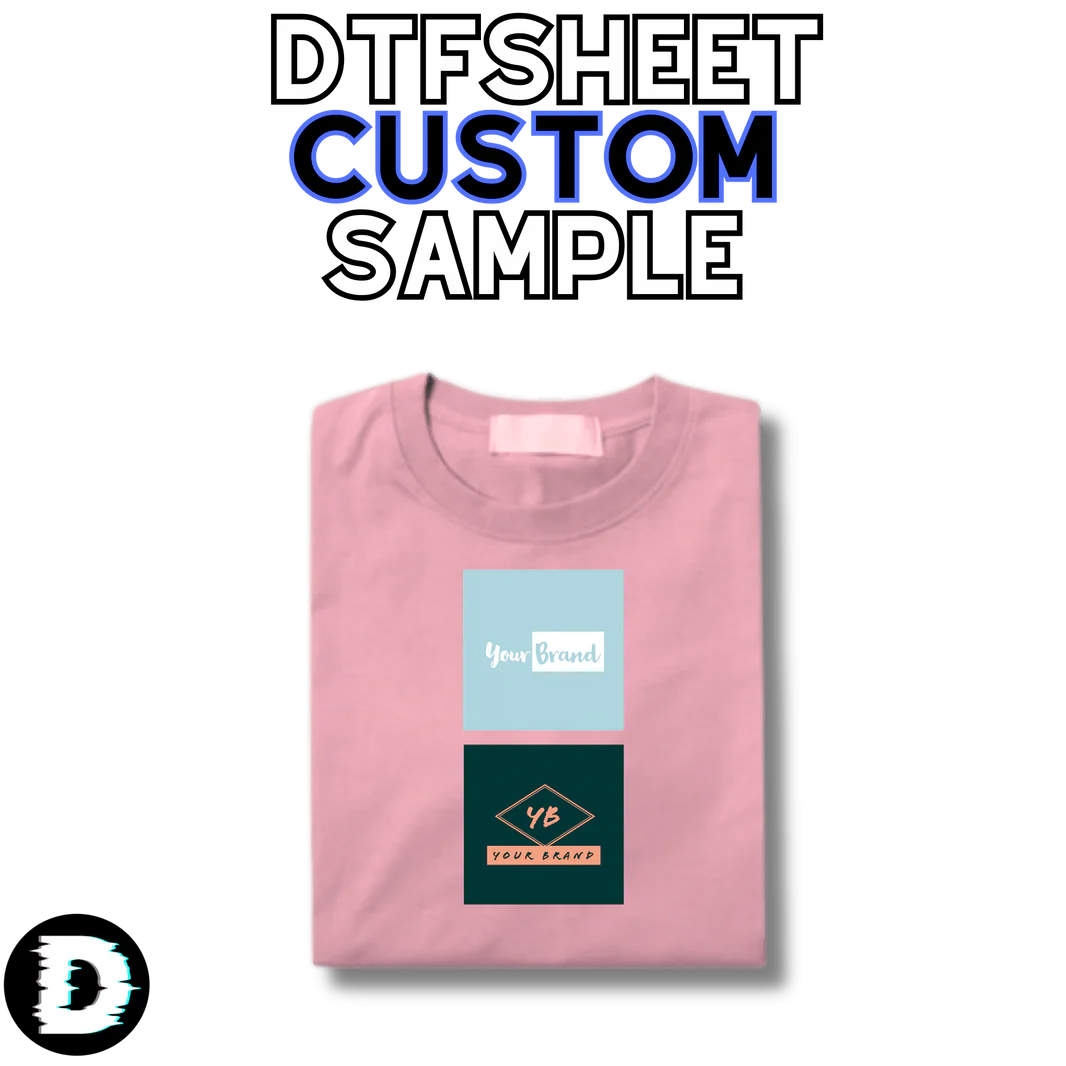DTF transfer is a printing technique that works with special film and ink. This printing technique is applied directly on the film and different inks are used. It is different from molding printing techniques because it is made by applying heat and pressure of the heat press machine. It is a long-lasting and useful printing solution as it is applied on many garments. It is possible to use transfer films according to the comprehensiveness of the design project.
What Does DTF Transfer Film Do?
You may wonder what is DTF transfer film for? This film is the most important part of DTF printing and you cannot print without it. First of all, a DTF printer is required for the application of this printing. After that, the most important thing you need is PET film that provides good transfer. Special inks with CMYK pigment are used as ink. White ink colors are preferred along with cyan, black, magenta and yellow. White ink is one of the most effective elements in the operation of DTF film. Because it is used to create the desired color by placing it on colored pigments.
Once the film is formed with its colors, it can be applied to the garment. A heat press machine must be used to apply the transfer to the garments. It is pressed on the product by adjusting the temperature, pressure and time according to the type of each garment. After pressing, the film is allowed to cool down and finally peeled off. This is exactly how DTF transfer films work.
What are the Pros and Cons of DTF Transfer Films?
Films used in DTF transfers have some pros and some cons. To talk about the pros, we can say that they can be applied on a wide variety of materials. On the other hand, it also offers fast stretching times and a detailed design.
The downside of films used in DTF transfers is that they create limited orders. For example, it produces a maximum of 100 products and is not suitable for large orders. At the same time, print products may deteriorate over time. However, as long as washing and drying instructions are followed, durability of about 50 washes and more can be achieved.
What are the Technical Specifications of DTF Transfer Films?
Films used in DTF transfers have some technical features. These films are reliable because they do not contain toxic substances. The temperature required to be applied to the film during the application process to the fabric is 150℃. This translucent material can generally be applied on many fabrics. It is especially suitable for leather, polyester, pure cotton and blended fabrics. It can also be applied on metal, glass, wood and similar materials.
Which Transfer Film Should be Used in DTF Printing?
Special PET films should be used in DTF printing. Because not every printing film may be suitable. Ordinary PET film is very different from DTF transfer film. Because the films used for DTF printing stand out with their special ink absorbent coating. Thanks to this feature, it offers a matte and frosted appearance. Low quality films should not be used in DTF printing. Because it may cause staining, sticking and damage to the clothes. For this reason, it is more suitable to use special and high quality PET films for this printing technique.
What Determines the Quality of DTF Film?
There are many factors that determine the quality of DTF transfer films. Paying attention to these factors makes it easier to make a film selection. Below are the factors that determine the quality of special DTF films:
- High temperature resistance
- Transparency
- Coating quality
- Thickness
- Hot or cold peel



























